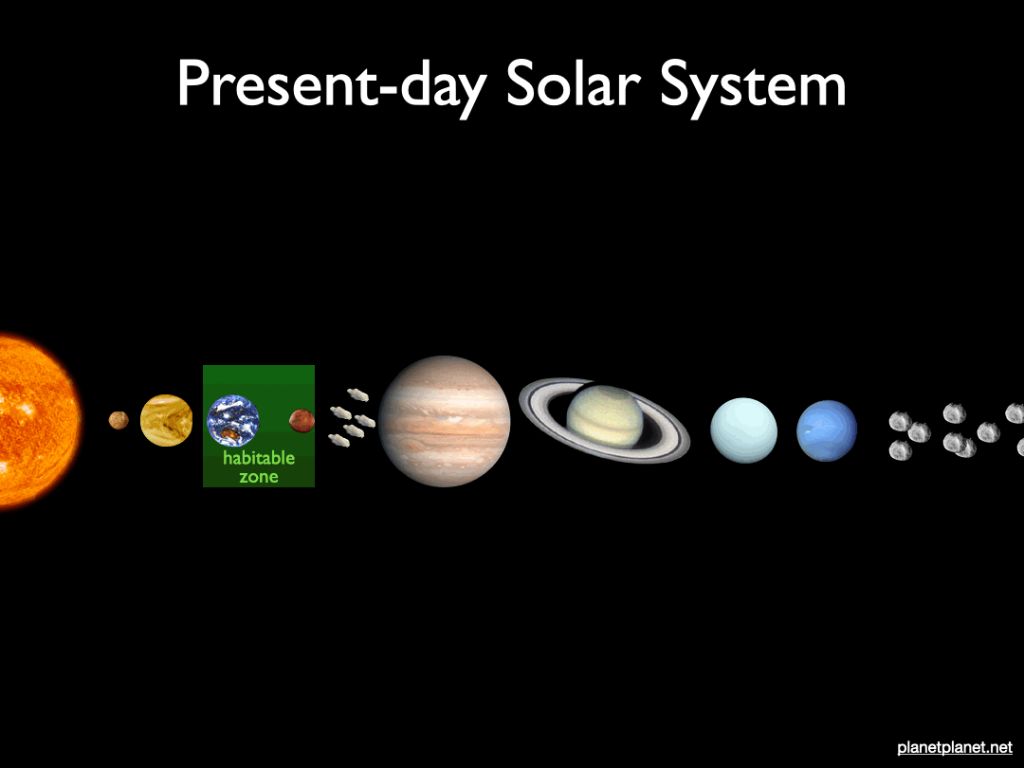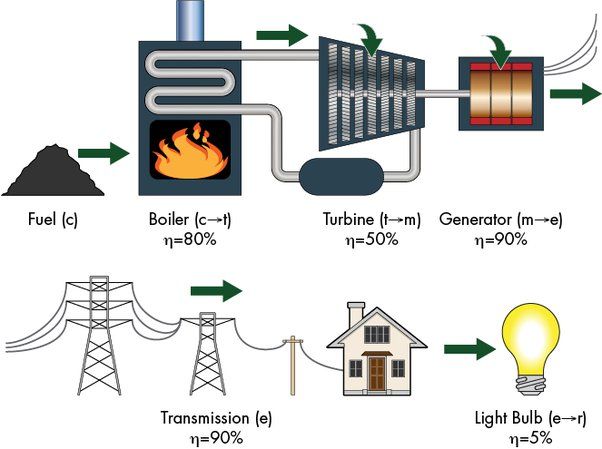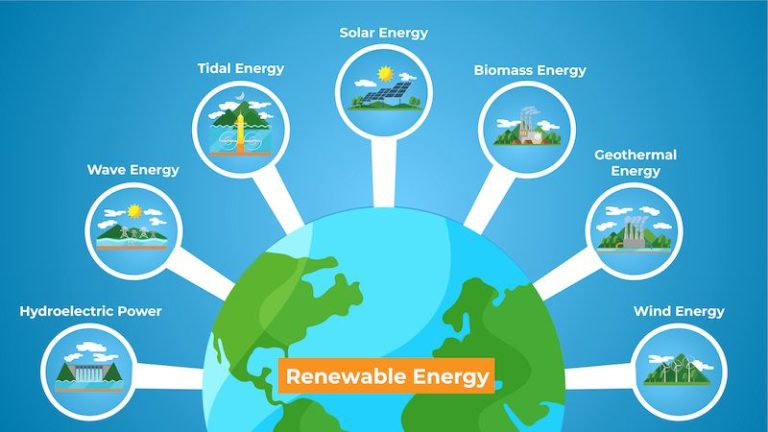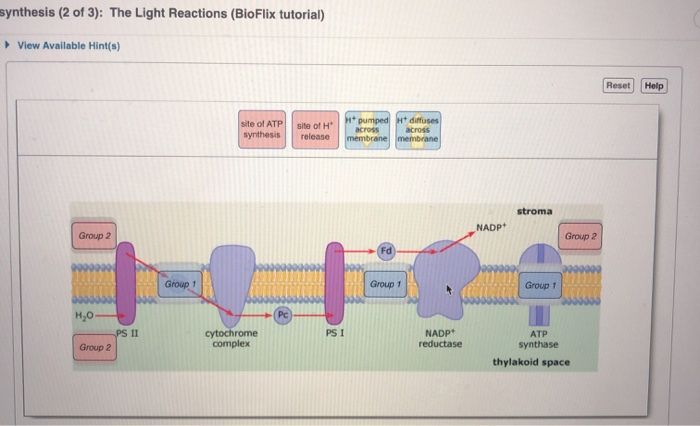What Is The Future Of The Solar System?

The solar system is defined as the Sun and all of the objects that orbit around it. This includes the eight planets – Mercury, Venus, Earth, Mars, Jupiter, Saturn, Uranus, and Neptune. It also includes dwarf planets like Pluto, moons, asteroids, comets, and other small objects. The solar system formed about 4.6 billion years ago and has continued to evolve since then. Understanding the solar system’s origins and how it changes over time gives us insight into fundamental astronomy and planetary science topics. Looking ahead, solar system astronomy allows us to predict what will happen to the planets, Sun, and other bodies far into the future. This provides perspective on the fate of Earth and whether life might persist within our solar system as we know it.
The Sun’s Lifecycle
The Sun is currently a main sequence star, meaning it is fusing hydrogen into helium in its core through nuclear fusion. This phase is expected to continue for roughly 10 billion more years, during which time the Sun will gradually grow in brightness by around 10% every billion years [1]. After hydrogen fusion ends, the Sun will transition into a red giant, becoming much larger and brighter. Red giants burn helium into carbon through fusion. Over the course of the next billion years as a red giant, the Sun’s outer layers will encompass the orbits of Mercury, Venus, and possibly Earth. Following the red giant phase, the Sun will shed its outer layers as a planetary nebula and finally end up as a cooling white dwarf that will fade to black over trillions of years [2].
The Fates of the Planets
As our Sun evolves over billions of years, the planets in our solar system will undergo dramatic changes. Here are the predicted fates of each planet:
Mercury: As the Sun expands into a red giant star, it will likely engulf Mercury entirely and vaporize it. Mercury is the closest planet to the Sun and has practically no atmosphere to provide protection.
Venus: Venus may suffer the same fate as Mercury, being consumed by the expanding Sun. However, some models show Venus surviving with a highly altered orbit. Much of its atmosphere could be lost during this time.
Earth: Our planet will become uninhabitable as soon as the Sun leaves the main sequence. Rising temperatures will cause the oceans to evaporate and the atmosphere to become laden with water vapor. Earth may be consumed by the Sun or left as a burnt cinder orbiting it.
Mars: The fate of Mars is uncertain. It may be engulfed by the Sun, left orbiting closer to it, or pushed farther out in the solar system. Any life or atmosphere on Mars will certainly be destroyed as conditions deteriorate.
Jupiter: This gas giant is likely to survive but be pulled closer to the dying Sun as gravitational forces change. The habitable zones around Jupiter’s moons may be altered during this time.
Saturn: Like Jupiter and the other gas giants, Saturn will probably survive the Sun’s expansion but its orbit and moons could be significantly altered by changing gravitational effects.
Uranus & Neptune: These icy giants are far enough from the Sun that they may avoid being engulfed. But expect significant disruptions to their orbital patterns and compositions of their moon systems.
The fate of each planet depends on the model, but it’s safe to say the inner rocky planets like Mercury, Venus, Earth, and Mars face destruction as the Sun dies. The gas giants will likely survive but be greatly transformed in the process.
Comets and Asteroids
Comets and asteroids will be greatly influenced by the planet Jupiter in the future according to recent research (Jupiter’s Dominant Influence on Comets and Asteroids). Jupiter’s massive gravity will continue to shape the paths of comets and asteroids in the solar system. Its gravity pulls in asteroids from the asteroid belt, often sending them hurtling into the inner solar system where they could potentially impact Earth and other planets. Jupiter also affects the orbits of comets, causing them to be perturbed and sending some comets inward on paths that bring them close by the Sun and planets. Over very long timescales measured in billions of years, Jupiter will clear out remaining asteroids and comets either by gravitational ejection from the solar system or by accretion onto Jupiter itself. This means the populations of small bodies like comets and asteroids will slowly diminish over time.
There is still much to be learned about the origins and makeup of comets and asteroids through ongoing astronomical surveys and space missions (Satya552560). NASA’s OSIRIS-REx spacecraft recently returned a sample from asteroid Bennu and the analysis of this material will reveal insights about early solar system formation. The ESA Rosetta mission to comet 67P/Churyumov–Gerasimenko likewise provided groundbreaking data on comets. But over very long timescales, Jupiter’s gravitational influence means that comets and asteroids will become far less common denizens of our solar system.
Interstellar Visitors
Although rare, it is possible for interstellar objects from outside our solar system to visit and even get temporarily trapped by our sun’s gravity. In 2017, the first known interstellar asteroid, ‘Oumuamua, was detected passing through our solar system after originating from elsewhere in the galaxy. According to research, ‘Oumuamua showed characteristics unlike any asteroid or comet from our own solar system. Its origination from outside our system was confirmed, making it the first authenticated interstellar visitor.
Additional studies have analyzed the possibility of detecting other interstellar objects that may get captured in orbit around planets or the sun. Research published in The Astrophysical Journal Letters suggests that at any given time there could be thousands of interstellar objects temporarily trapped in our solar system before eventually getting ejected. While extremely difficult to detect, identifying these objects could provide clues about the building blocks in other star systems. As technology and detection capabilities improve, it’s likely that more interstellar vagabonds will be discovered passing through or even settling down temporarily in our corner of the galaxy.
Expansion of the Sun
In about 5 billion years, the Sun will begin the helium-burning phase and start to expand into a red giant star. As the Sun expands, it will swallow the inner planets Mercury and Venus. According to astronomers at NASA, the Sun will expand to roughly 256 times its current size1. At this size, the Sun’s outer atmosphere will reach Earth’s current orbit. However, due to tidal forces between the Sun and Earth, the Earth’s orbit is expected to move outward to about where Mars orbits today. So the fate of the Earth is uncertain – it may or may not be engulfed by the expanding Sun.
As a red giant, the Sun will become more luminous, giving off about 2,000 times more energy than it does currently. Its outer layers will likely inflate and cool, giving the Sun a reddish-orange appearance. This expansion marks the beginning of the end of the Sun’s life cycle. After billions more years as a red giant, it will eventually collapse and become a white dwarf.
1https://www.dreamstime.com/sun-expanding-red-giant-d-illustration-image208278641
The Sun’s Death
The Sun is currently in the main sequence stage of its evolution, fusing hydrogen into helium in its core. However, in approximately 5 billion years, the Sun will run out of hydrogen fuel and begin to undergo significant changes (https://exoplanets.nasa.gov/life-and-death/chapter-7/).
As the Sun exhausts its core hydrogen, it will expand into a red giant star. Its outer layers will swell to engulf the orbits of Mercury, Venus, and possibly Earth. After the red giant phase, the Sun will eventually contract and cool down, forming a white dwarf. A white dwarf is the remnant core of a low to medium mass star that has exhausted its nuclear fuel and shed its outer layers. It is extremely dense, around the size of Earth but with a mass near that of the Sun. White dwarfs simply radiate their remaining thermal energy over billions of years as they cool down (https://www.forbes.com/sites/startswithabang/2019/06/11/this-is-what-will-happen-to-our-sun-after-it-dies/).
So in summary, the Sun’s death will involve expanding into a red giant phase followed by contraction into a small, dense white dwarf that gradually cools over time. This stellar evolution is the inevitable future of our Sun in around 5 billion years.
Debris Disk Era
In approximately 5-7 billion years from now, the Sun will have completed its transition into a white dwarf after shedding its outer layers as a planetary nebula. By this time, all the planets in the solar system will have been destroyed or ejected. This will leave only the white dwarf Sun along with asteroids, comets, and other debris orbiting around it.
This future scenario has been termed the “debris disk era” as the solar system essentially becomes a debris disk circling the white dwarf Sun. According to models, about 50% of white dwarfs have dusty debris disks around them, likely created from the destruction of planets and planetesimals orbiting too close to the star during its red giant phase. Our solar system will likely resemble these observed debris disks in the far future.
The debris in our solar system’s disk will consist of the remains of the asteroid belt, Kuiper belt objects, comets and other planetesimals that managed to avoid being swallowed up or ejected during the Sun’s expansion. Over billions of years, collisions between these objects will grind them down into fine dust particles. These dust disks can persist for billions of years before eventually dissipating or accreting onto the white dwarf.
While this debris disk era may last for trillions of years, it represents the slow decline of our solar system. With no planets left and only remnants orbiting the dead star, our system will have entered its final quiet phase before the white dwarf itself fades away. The debris disk era illustrates the inevitable fate of planetary systems after their stars have exhausted their nuclear fuel.
(Cite: https://www.cfa.harvard.edu/news/exoplanets-debris-disks)
The Distant Future
The solar system is expected to undergo dramatic changes over incredibly long timescales spanning trillions of years and beyond. As the Sun continues to evolve after becoming a white dwarf, the remaining planets will eventually be engulfed as the Sun expands once again into a red giant. According to one discussion on Reddit, even if humanity somehow survives by this point through technological advancement, the conditions in the solar system will be fundamentally altered in the distant future (https://www.reddit.com/r/IsaacArthur/comments/ev6a5j/sci_fi_stories_without_ftl_travel/).
Beyond a trillion years, the Sun may cool to become a black dwarf and planets that survive will be dark and uninhabitable frozen worlds. However the prospects for life and humanity persisting over such cosmic timescales remains speculative. As one forum discussion noted, some future civilization may develop advanced technology to harness the fading energy of the Sun and survive into the distant future, even if limited to our solar system without faster-than-light travel (https://www.skoolie.net/forums/f28/solar-power-10556-5.html).
Ultimately the fate of the solar system over trillions or quadrillions of years remains unknown. The possibilities range from the system remaining home to a highly advanced civilization to the lights going out as stellar remnants drift silently through cold interstellar space. Even on cosmic timescales, our solar system may still hold wonders yet to be imagined.
Conclusion
In summary, the solar system we currently reside in is ever changing. Over billions of years, the sun will continue to evolve, eventually expanding into a red giant and engulfing the inner planets. The outer planets will migrate outward as the sun loses mass. Asteroids and comets will continue to bombard the planets. Some experts predict the sun may even capture another star before its demise. Ultimately the sun will collapse into a white dwarf, leaving only burnt out planets and debris. The solar system as we know it has a finite lifetime spanning billions of years. But the matter that makes up the planets will live on and may one day form new stars and planets. Our solar system offers just a glimpse of the cycle of stellar life and death across our galaxy.
From our present vantage point, the future of our solar system is fascinating to speculate about even if we will not be around to witness its slow metamorphosis. Reflecting on our tiny place in this galaxy, and the toll time takes on all things, gives perspective on the fleeting nature of life on Earth. Our descendants will have to find a new home one day in the far future. For now, we have this brief window of time to appreciate the celestial wonders around us.





